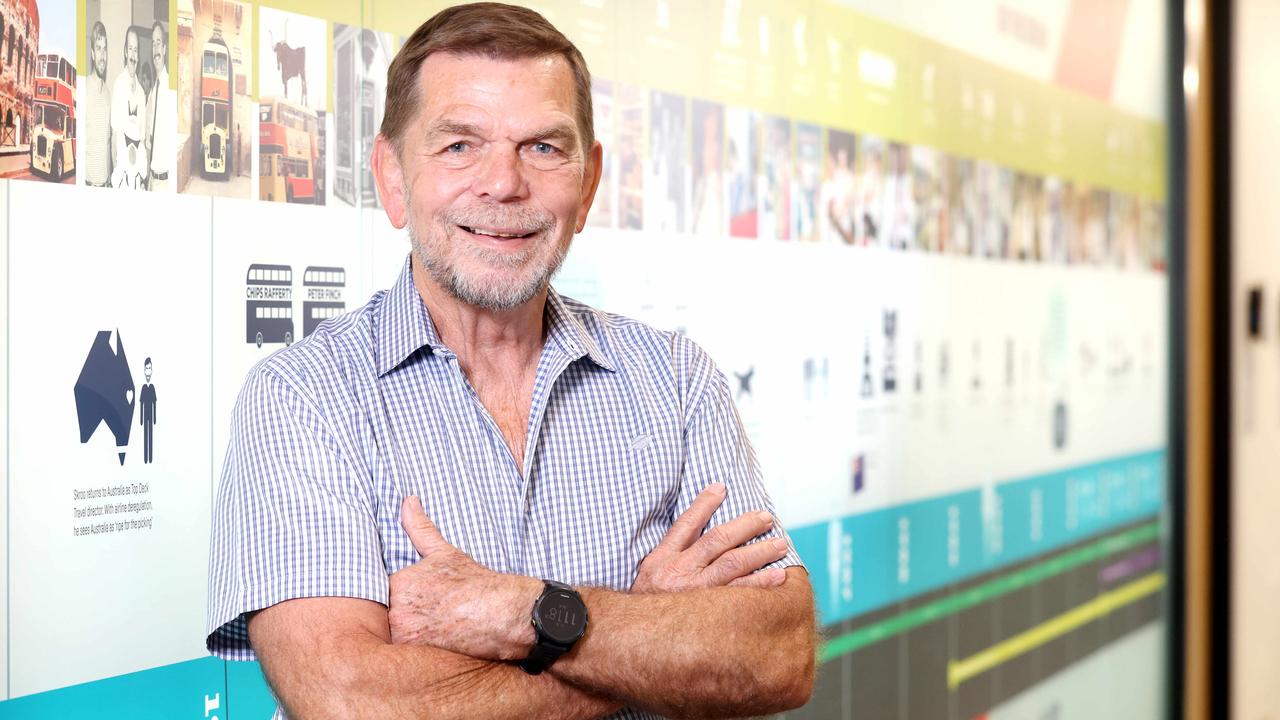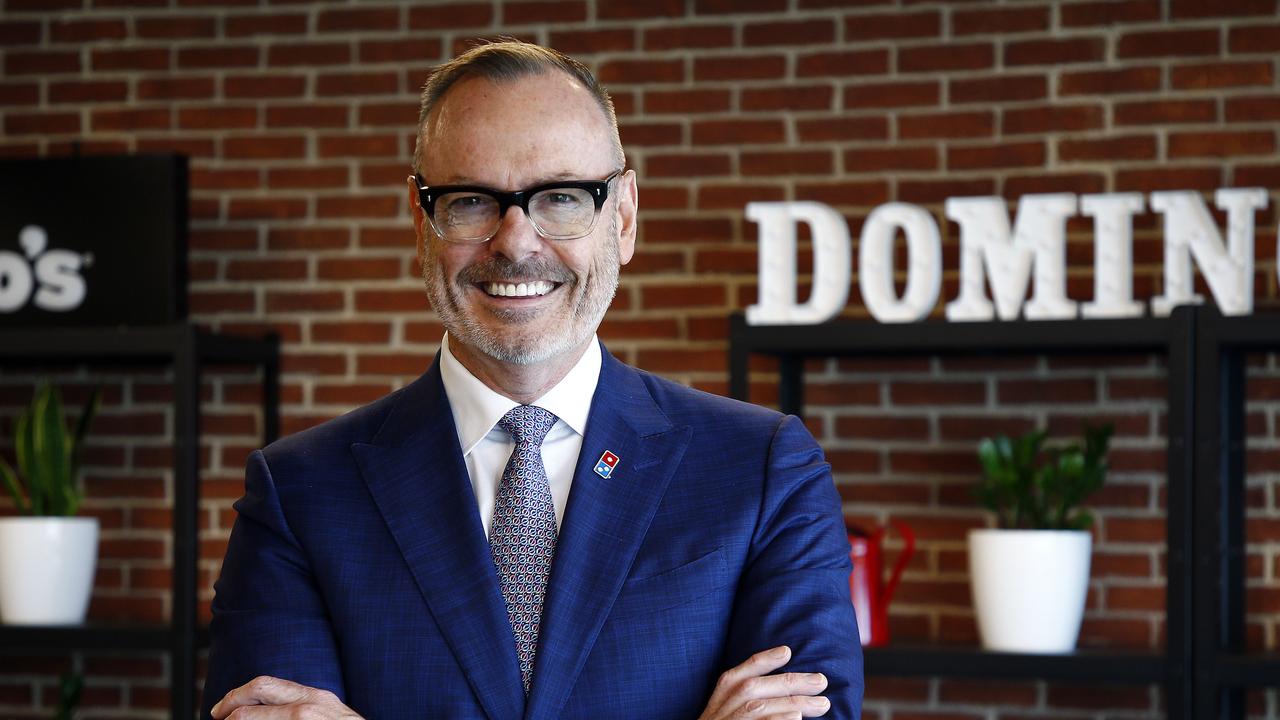Property experts warn of 20pc drop in house prices
Property experts are tipping the housing market will tumble 15 to 20 per cent peak to trough, with an acceleration to the downturn coming in 2023.

Business
Don't miss out on the headlines from Business. Followed categories will be added to My News.
The housing market will tumble between 15 and 20 per cent peak to trough, with an acceleration to the downturn coming in 2023, property market figures have warned.
As higher interest rates push up loan repayments, arrears will return to more normal levels, first home buyers will struggle to get on the property ladder and homeowners who borrowed through Covid-19 will face the brunt of the pricing pain, a residential housing panel comprising executives from Pepper Money, IFM Investors and Citi warned at an investment conference on Wednesday.
But securitisation transactions are “really well positioned”, Pepper Money treasurer Anthony Moir said at the Citi Australia and New Zealand Investment Conference.
“We expect the portfolio will return to a more normal level of arrears sometime next year. But given the strength of the Australian economy and the fact that employment is going to remain very strong, securitisation transactions are very well placed,” Mr Moir said.
“(Securitisations) are structured for extreme outcomes so we expect the performance is going to be very strong as it has been through these cycles.”
While Mr Moir tipped a 15 per cent drop in house prices, IFM Investors executive director Hiran Wanigasekera is expecting an even greater decline, with the exuberance in the market through the pandemic an anomaly that “has to be corrected”.
“If you think about it on a longer-term trend basis, late 2020 and what happened through 2021 in the market here is the clear outlier,” Mr Wanigasekera said.
“There was a massive overshoot in terms of price appreciation that has to be corrected … so a 20 per cent decline from peak to trough is not out of the question and really only puts us back on to the longer term trend that has been progressing over the last 10 to 15 years.”
The downturn “has to happen” to bring back sanity and normalisation to the market, he added, warning that borrowers who bought at the recent peak would be much more adversely impacted by higher rates and price falls than the broader market.
“The borrower cohort that’s really more exposed than the wider economy is the one that actually took on that leverage and bought in through that time period (late 2020 and 2021), so not necessarily the whole of country is exposed in the same way to higher rates,” he said.
The outlook is also challenged on the originations front for non-bank lenders, Mr Moir warned.
“Non-bank lenders such as ourselves will find it more difficult to compete from a funding cost perspective with the banks in Australia.
“We have seen origination volumes come off and we expect that we will not originate the same level next year as what we have done this year,” he noted.

The outlook for residential mortgage-backed securities, meanwhile, will be dependent on the unemployment rate and its effect on the probability of default, Citi Australia head of financing and securitisation Will Mortimer said.
“As long as (unemployment) remains relatively stable then it won’t translate to losses,” Mr Mortimer told the conference.
“These RMBS structures are stressed to, in AAA which we invest in, some 50 per cent property market decline and a 20 per cent probability of default.”
In a separate session, the country’s largest listed residential developer, Stockland, warned of a 15 per cent peak to trough fall in house prices.
Housing affordability is “stretched at the moment” on the measure of the proportion of income going into mortgages, Stockland CEO Communities Andrew Whitson told the conference.
“It’s sitting in Melbourne, in the mid 30s, and more in Sydney, in the low 40s,” he said. ”Generally 30 to 35 per cent is where we see that as balanced.”
Wage growth and home price moderation would assist affordability, he said.
Liberty Financial chief executive James Boyle, meanwhile, argued the housing market was probably still on track for a 20 per cent fall. He was sceptical the market could “skate on into the new reality”.
“I don’t think that’s the case,” he said.
Mr Boyle said that even if there was a 20 per cent correction it would only take prices back to “mid-pandemic” levels.
“It’s not like we’re rushing back to GFC kind of price levels.”
He said that by this time next year “we’ll be dealing with a new market where we’re probably 20 per cent lower than we were at the peak”.
“[Then] affordability is coming back into the realm it was common to have,” he said.
More Coverage
Originally published as Property experts warn of 20pc drop in house prices




